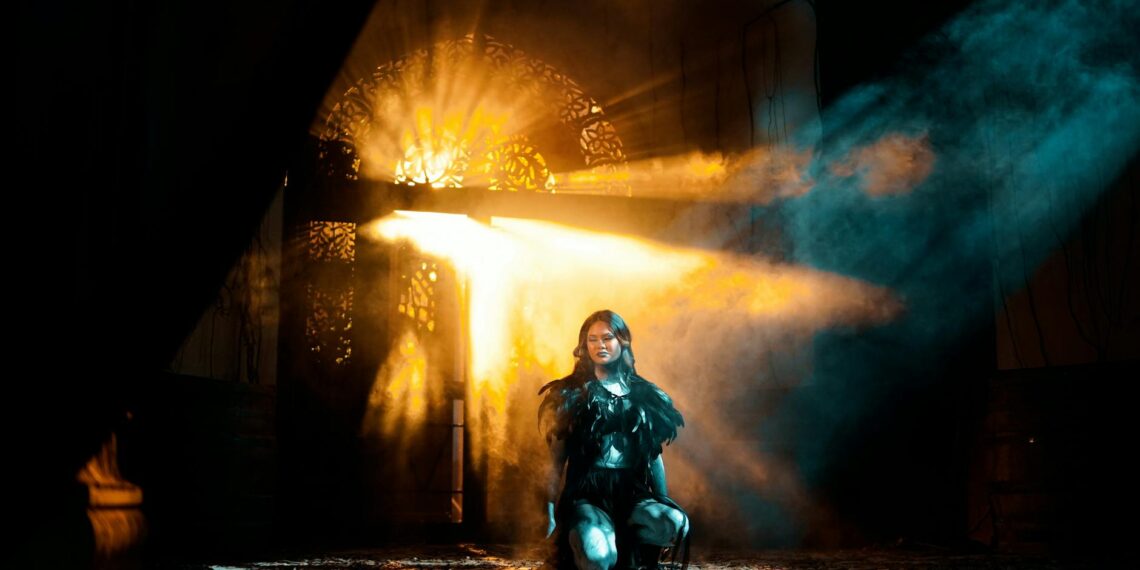Making a coin involves several distinct stages, transforming raw metal into the recognizable currency we use today.
- Artists create the initial design, considering elements like portraits, symbols, and text.
- The design is then translated into a 3-D sculpt, either physically or digitally.
- The sculpt serves as a template to create a master hub, which has a positive image of the design.
- Working dies, which have a negative image, are then created from the master hub – these are what strike the coins.
- Dies are typically hardened steel to withstand the immense pressure of the striking process.
- Metal coils (usually copper, nickel, or zinc, depending on the denomination) are fed into a blanking press which punches out circular discs, called blanks.
- These blanks are then annealed, heated, and cooled in an oxygen-free environment, to make them softer and more malleable for striking.
- Next, the blanks are cleaned to remove any debris or tarnishing, sometimes using a chemical bath.
- The edges of the blanks are then upset, forming a raised rim which protects the coin and allows for stacking, [according to the U.S. Mint].
- At this point, the blanks are referred to as planchets.
- The planchets are fed into a coining press, where they are placed between the obverse and reverse dies.
- The press forces the dies together, striking both sides of the coin simultaneously.
- A collar encircles the planchet during striking, preventing metal expansion and forming the edge design (e.g., smooth or reeded).
- This process, using tremendous force, impresses the design onto the planchet, transforming it into a coin.
- After striking, the newly minted coins are inspected for any flaws or imperfections.
- Defective coins are typically removed and melted down for recycling.
- The accepted coins are then counted and packaged for distribution to banks and other financial institutions.
- Specialized processes are used for collector coins, including burnishing and advanced packaging.
Modern coins often incorporate various security features to deter counterfeiting. These include:
- Edge detail: Reeded or decorative edges make coins harder to replicate.
- Sandwiched metals: Many coins consist of a core of one metal surrounded by layers of other metals, [according to the U.S. Mint Coin Classroom].
- Unique alloys: Some countries use specific metal alloys that are difficult for counterfeiters to obtain or reproduce.
- Microprinting and laser etching: Tiny details or markings are added to the coins, visible only under magnification.









Can we make coins at home?
Thanks for asking. Your best bet might be to buy coin blanks (on Amazon and elsewhere). They’re available in metal and wood. Then you might be able to paint the coins, or you could print a design, cut it out, and glue it to the coin. Of course, that’s going to end up looking more like an upgraded token than a proper coin.